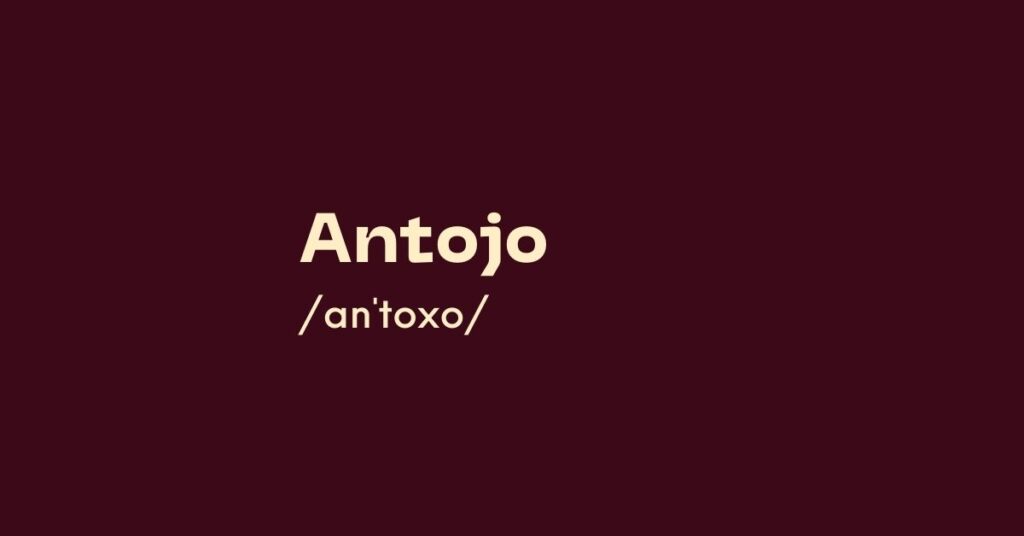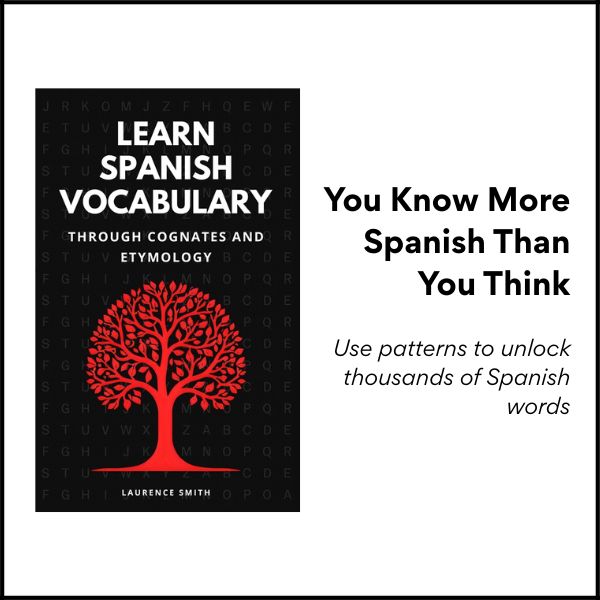Today’s Spanish word of the day is “antojo”.
It’s a masculine noun that’s usually translated as “craving” or “whim”. It refers to a spontaneous desire to do or have something.
You’ll often hear this word in the phrases “a mi antojo”, meaning “to my liking” and “hacer un antojo”, meaning “to satisfy a craving”.
Example Sentences
Beginner
Here are some example sentences at beginner (A1/A2) level:
Tengo un antojo de chocolate.
I have a craving for chocolate.
Durante el embarazo, algunas mujeres tienen antojos de alimentos extraños.
During pregnancy, some women have cravings for strange foods.
Cuando estoy estresado, a menudo tengo antojos de comida rápida.
When I’m stressed, I often have cravings for fast food.
Intermediate
Here are some example sentences at intermediate (B1/B2) level:
Anoche tuve un antojo de comida mexicana, así que fui a un restaurante cercano.
Last night I had a craving for Mexican food, so I went to a nearby restaurant.
Los antojos pueden ser difíciles de resistir, especialmente cuando estás a dieta.
Cravings can be hard to resist, especially when you’re on a diet.
Prefiero trabajar de forma independiente para poder organizar mi tiempo a mi antojo.
I prefer to work independently so I can organize my time according to my wishes.
Advanced
Here are some example sentences at advanced (C1/C2) level:
La industria alimentaria a menudo aprovecha los antojos de los consumidores mediante estrategias de marketing que resaltan la conveniencia y el sabor de los productos.
The food industry often capitalizes on consumer cravings through marketing strategies that highlight the convenience and taste of products.
Aprender a diferenciar entre un antojo genuino y el hambre emocional puede ayudar a tomar decisiones alimenticias más conscientes y saludables.
Learning to differentiate between a genuine craving and emotional hunger can help make more mindful and healthy food choices.
La nutricionista recomendó mantener un diario de alimentos para identificar patrones de antojos y emociones asociadas con la alimentación.
The nutritionist recommended keeping a food diary to identify patterns of cravings and emotions associated with eating.

